Climate and Ag in the news
-
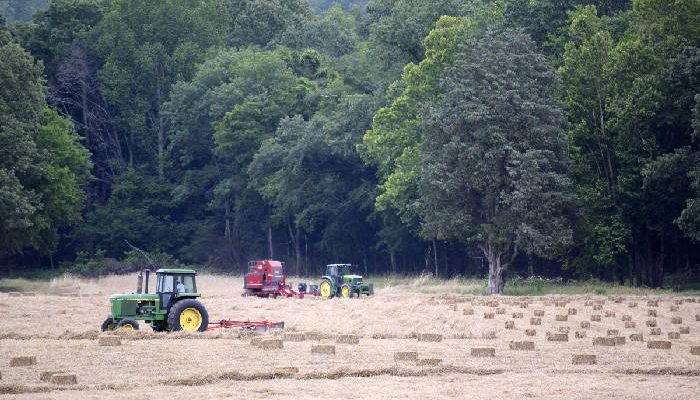
Are you frustrated that the Drought Monitor is not accurately reflecting dry conditions in your area? It may be that they do not have any data there other than radar-based rainfall. Reports from “on the ground” can be invaluable for drawing the correct drought lines. Here is a new mobile-friendly site for reporting drought conditions…
-
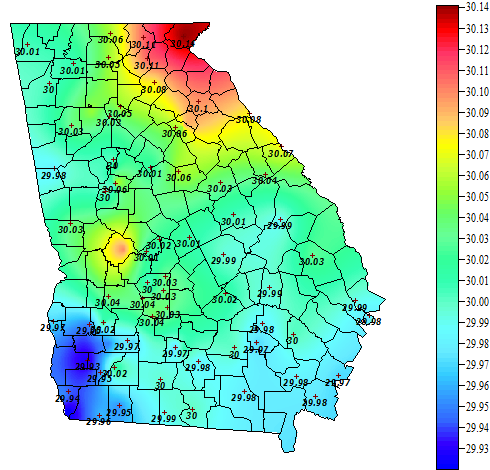
In the past I have talked about the “wedge”, which is an atmospheric phenomenon that we experience from time to time in northeast Georgia. When conditions are right, a strong flow of cool, high pressure air flows south along the east side of the Appalachian Mountains into Georgia, bringing air that is cooler, usually drier,…
Posted in: Climate and Ag in the news -

Here is an interesting story about the prediction of Atlantic hurricane seasons by a type of bird called a veery, as published in Audubon magazine. A study by an ornithologist showed that in years which turned out to have bad hurricane seasons, the birds finished their nesting seasons early to prepare for their migration to…
-
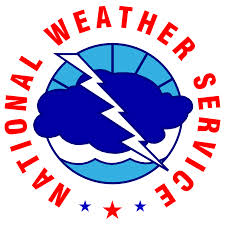
The NWS Southeast River Forecast Center released their monthly video on the outlook for water resources in the Southeast earlier this week. It has a lot of summarized information on past rainfall amounts as well as a detailed outlook for the next few months. You can view the video on YouTube at https://www.youtube.com/watch?v=MqSjVTfvgyw&feature=youtu.be.
-

WebMD posted a story about the likelihood of a “brutal” ragweed season in the next few weeks across the US. Ragweed grows best when temperatures are hot and moisture is plentiful. There has been enough of both earlier in this growing season to cause worries that a large ragweed population may bring lots of pollen…
-
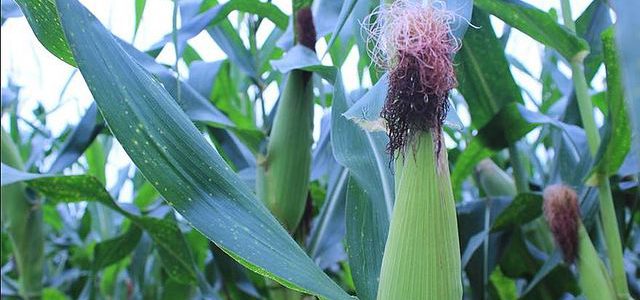
The Southeast Farm Press posted a story this week about three important temperatures to know for corn development and damage. The three temperatures are 86 F, 95 F, and 110 F. To find out why they are important, visit the article here to read more.
-
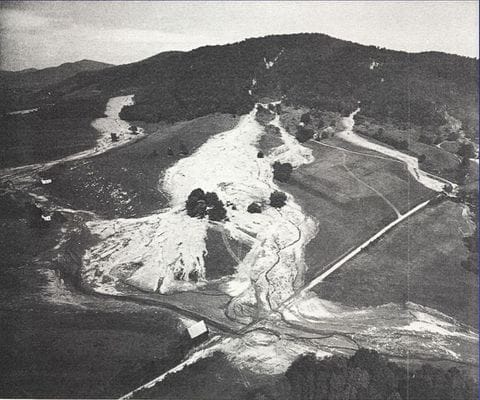
This week marks the 50th anniversary of the landfall of Hurricane Camille, which came ashore in Mississippi in August 1969 with wind speeds of as much as 185 mph and a storm surge that rivaled Hurricane Katrina in 2005, causing a lot of damage along the coast. Fewer people remember that Camille caused a second…